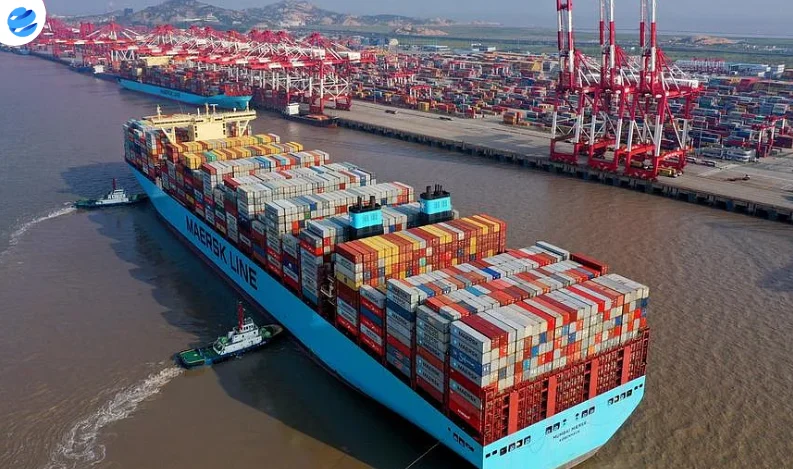China’s exporters are steadily distancing themselves from the United States market, as ongoing trade tensions and high tariffs continue to weigh on business decisions, despite recent signs of temporary relief. A new survey by Allianz Trade has revealed that 95% of Chinese exporters are either planning to, or have already started, redirecting their focus to non-U.S. markets.
The poll, which included responses from 4,500 exporters across major global economies, points to a long-term trend of reduced reliance on American buyers. While a brief tariff reduction was recently agreed upon in Switzerland, the effective trade-weighted U.S. tariff on Chinese goods remains high at 39%, compared to just 13% before the second Trump administration.
This persistent trade friction is encouraging many Chinese firms to act quickly. With a 90-day window of eased tariffs now in effect, exporters are rushing to fulfill orders and ship goods ahead of any potential policy reversal. This has led to a noticeable surge in shipments to the U.S. and higher freight rates in recent weeks.
However, businesses in cities like Ningbo—home to China’s second-largest port—are not adjusting long-term strategies based on the temporary truce. Many are sticking to their “go global” plans, seeking to broaden their international reach. According to economist Tianchen Xu from the Economist Intelligence Unit, local manufacturers are increasingly eyeing Southeast Asia, particularly Indonesia, as a promising alternative for production expansion. Vietnam remains an option, though rising operational costs are dampening its appeal for some firms.
The broader implications of these shifting trade dynamics are significant. Allianz Trade estimates that the global economy could lose up to $305 billion in export value this year due to the ongoing series of trade conflicts. This comes despite a record-breaking $33 trillion in global trade volume achieved in 2024, according to the United Nations Trade and Development data.
While the U.S. has made some progress on trade agreements with China and the United Kingdom, talks with several long-standing trade partners have stalled, adding to the uncertainty. As exporters worldwide watch developments closely, Chinese firms appear increasingly determined to build resilience by exploring new markets and reducing exposure to American trade policy risks.























